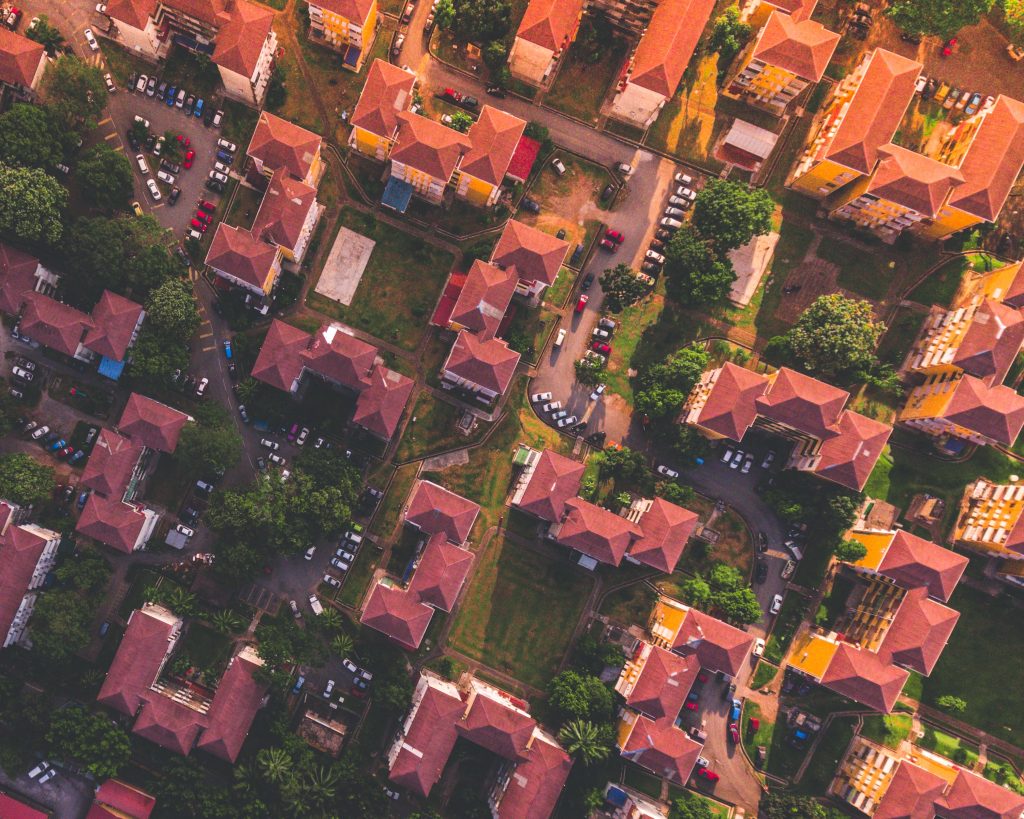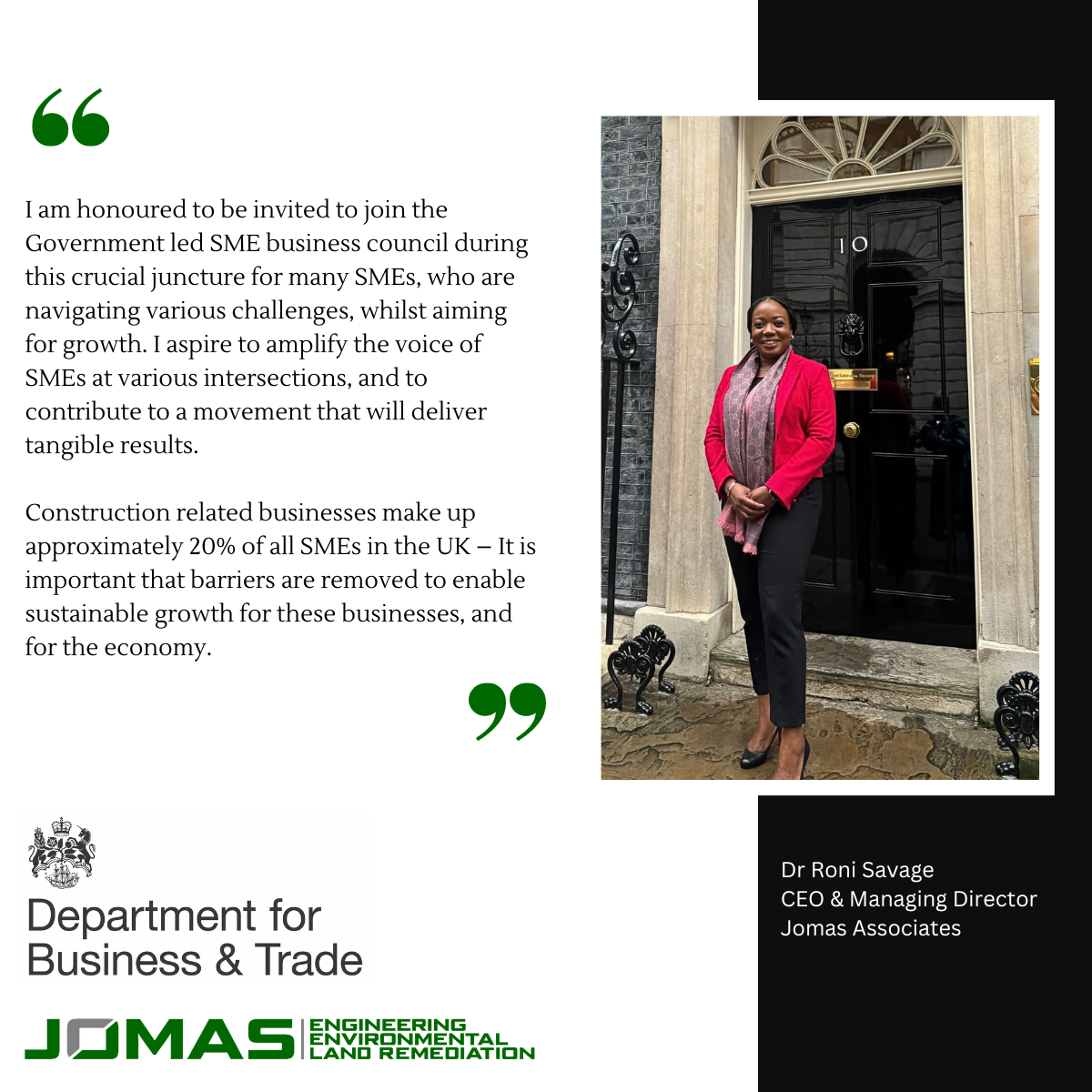Of growing urgency in the UK is the need for more social housing. Last year it was reported that there was a net loss of social housing (2), a loss that has been compounded this year by the Covid19 pandemic where we saw a dramatic slowdown of the housebuilding sector (1). In June the Housing Minister Christopher Pincher declared in Parliament that ‘We need more homes and more affordable homes and more socially rented homes’ (2).
In August the government set out details of proposed planning reforms and a £400 million brownfield fund to help bring unused brownfield land back into use and kickstart the homebuilding sector into tackling the growing issue of a lack of social and affordable housing. The government is also currently consulting on plans that would allow developers to shortcut the planning process, helping housebuilders to build homes more quickly in pre-designated areas (3).
Jomas Associates is an award-winning engineering and environmental company, and one of our areas of expertise is determining value-engineered ground remediation solutions. Developers are often discouraged by the greater challenges faced when developing brownfield land, however, we have worked on a range of projects to remediate former brownfield land in preparation for redevelopment and can support and ease this process. We are also experienced with working closely with local authority’s and familiar with relevant legislation and planning controls, allowing us to effectively support the process of getting brownfield land back into use.
We have a solutions-focused approach and can assess and risk sites then recommend remediation strategies that identify the benefits and drawbacks of each viable technology, before selecting a preferred strategy. Our remediation techniques include:
- Bioremediation: Bacteria and other organisms will decompose some contaminants. By controlling soil conditions, for example by adding fertilisers, water and air, natural processes can be accelerated and soils remediated.
- Chemical treatment: By adding particular chemicals to the soil it is possible to chemically alter some contaminants so they become less toxic.
- Barrier systems: Installation of a vertical containment system that effectively seals off the contaminated source and limits migration either off-site or to other parts of the site.
- Monitored natural attenuation: Natural processes, such as dilution, dispersion, volatilisation, biodegradation, etc., act to reduce the concentrations of some contaminants in the soil and groundwater.
- Thermal desorption: Certain soil types can be passed through a thermal processor in order to remove organic contaminants.
- Soil stabilisation: With the addition of certain chemicals to contaminated soils, the contaminants can be stabilised so that the soils can be reused.
- Groundwater treatment: A variety of technologies exist ranging from physically pumping out the groundwater and treating it, to introducing chemicals through boreholes, treating the contamination in-situ.
If you would like further help or information please do get in touch, our team of experts is happy to advise. Please email us at quotes@jomasassociates.com.
References
- Show House Magazine, Sept 20. Fewer homes built as a result of Covid19.
- Shelter Blog. June 20. We need more socially rented homes.
- Planning Portal. 6th August 20.
Further Reading



